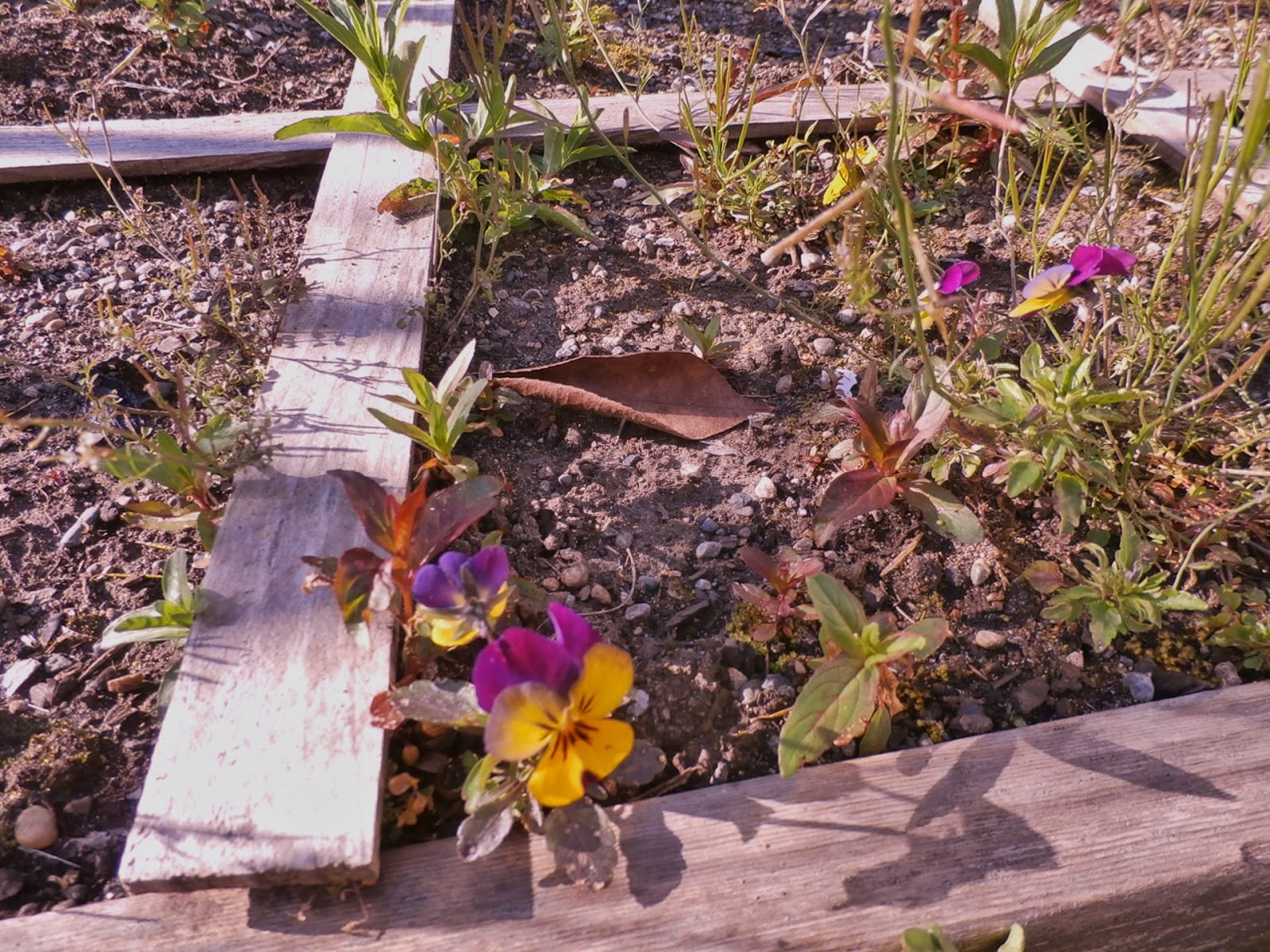Jirsa claims rose petals are sedative, antiseptic, antii-inflammatory and anti-parasitic. Perfect ingredient for a gardeners salve, for wounds, cuts, and abrasions while digging around in soil. If taken internally, rose lowers body temperature and is anti-spasmodic - muscle relaxing. Excellent summer medicine to keep you cool. Go figure it blooms into the summer, indeed nature provides us with what we need at the right time. I now have a whole new understanding of the benefit of creating a rose water spritzer.
Jirsa also talks about "rose magic", where she constructs rituals for bringing love into your life, mending estranged relationships or infertility, manifesting dreams and beauty, as well as inviting peace. I love the possibility for any individual to create their own rituals in relationship to rose, which has so much cultural association such as love, compassion and friendship.
I realize how I designed an entire yoga class for heart opening and breathing exercises, yet how important it will be just to meditate and be among the roses themselves, without thinking of them in terms of medicine, or asking for love to enter our lives. But simply to experience friendship with all the little flowers. How easy it is for me to wrap my head around the medicinal value of plants but forget about being in relation with them.
That being said, I will let rose be a medicine. Susun Weed reminds us many of the fruits we eat are in the rose family: strawberries, raspberries, apples, plums, almonds, all Rosaceae. (All cooling summer foods, which combined could make amazing desserts!) Weed also claims rose petals contain hormonal precursors, which relieve pituitary, menstrual and menopausal problems. This corroborates with Jirsa's book, where she says rose petals are an emmenagogue, uterine tonic and nervine. It's no wonder roses are almost universally considered "feminine". I'd really love to make rose petal honey soon.

.jpg)











.jpg)